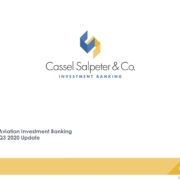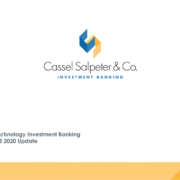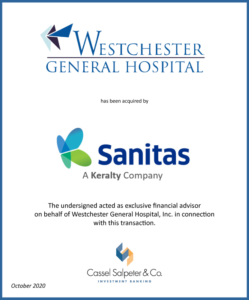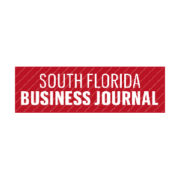Fly Buying
Prices are down and interest is piqued in the post-pandemic marketplace.
By Dale Buss
September/October 2020
The future market for corporate planes is just as uncertain as everything else amid the pandemic. But some post-Covid-19 trends in business-aviation purchasing already are emerging: Prices are lower. Sales and lease activity is recovering. More company owners are concerned about the health risk of flying commercial. And after an industry struggle with pilot shortages, suddenly plenty of capable commanders for business planes are available.
Joe Mullings has been trying to take advantage of these trends in his search for a Hawker 800, a mid-size twinjet aircraft originally produced by British Aerospace and now fetching $1 million and up, previously owned. The founder and CEO of Mullings Group. an executive-search firm in the medical- device industry, travels so much that he’s long held ConciergeKey status on American Airlines. Mullings has also chartered flights for himself and his Delray Beach, Florida-based staff. When the company’s charter bill hit $1 million in 2019 and Covid-19 came, he began searching for a plane to buy.
“I had been looking because of the accessibility the plane would give me, saving wear and tear on my body, and the value of time,” says the 58-year-old Mullings. “But now, prices are more interesting. Time is money for me. If I can get in front of more customers because I have a better tool—my own plane— it will create more opportunities for me and my employees. The plane also can end up being a flying conference room.”
“Even when we return to a post-Covid environment, [airline] routes are going to be dramatically reduced anyway,” Mullings posits. “So, they won’t be able to offer rates and flexibility. And I don’t want to waste two and a half hours at airports in Palm Beach and Raleigh-Durham, sitting on a couch eating Ding Dongs.”
The Year of the Newbies
Despite prospective buyers like Mullings, business-airplane deliveries dropped by 21 percent in the first quarter of 2020 compared with two years earlier. Industry experts blamed Covid-19, which grounded air travel worldwide and created unprecedented uncertainty for business decision- makers. The giants of the industry—Bombardier, Textron and Gulfstream— responded by slashing production. But while large companies are standing down on purchases, owners of medium-size and small companies, and other high-net-worth individuals, are testing the plane market for the first time. “I’m actually calling 2020 the year of the small jet,” says Janine Iannarelli, head of aircraft broker Par Avion, in Fair Lawn, New Jersey. “They’re perfectly suited for regional travel within the U.S. At $1 million to $5 million, they’re within the reach of a broader cross-section of [company owners] who may not have a travel budget that large but who are willing to expand it now in exchange for what’s provided by corporate aviation: safety, security, eliminating a huge number of touch points and literally being able to control your environment. What’s that worth?”
Such buyers are benefiting from prices that have softened from 10 percent to 20 percent compared with early 2020, depending on the segment. The wing- tappers and tire-kickers include “a return of some owners of small and mid- size companies who actually fled the business-aviation marketplace” after the industry debacle of 2008 and 2009, Iannarelli says.
Charter and fractional-jet services are also getting closer looks by business travelers getting thwarted by airlines’ service cut-backs—and lured by how the plane-rental services are cutting prices to widen their market. “At four times the price of an airline first-class seat,” says Joseph Smith, leader of the aviation-management division of Miami-based investment bank Cassel Salpeter,” these services were never going to get most business owners. But now that they’re seeing one-and-a-half or two times prices for a first-class seat—and you throw in the health considerations—it starts to become a value proposition for them.”
Bring on the Bandwidth
Unlike the past few years, when the Trump administration’s approval of immediate 100 percent depreciation of major purchases, including corporate aircraft, goosed sales, there’s no huge regulatory or legislative development spurring interest. Technology upgrades, however, continue to intrigue buyers interested in trading up for the newest bells and whistles.
In addition to advances in propulsion and avionics that make corporate aviation faster and safer, the biggest lure continues to be digital connectivity in the passenger compartment. Makers already are offering so-called Ka-band satellite-based Internet capabilities in larger and expensive jets, which provide home-like speeds and make simultaneous high-definition streaming possible.
Some buyers are paying $70 million or more for a jet in Bombardier’s Global series that includes Ka-band—a system that often, in itself, costs a half-million dollars to include. “The flying passenger wants to stay connected just like at home,” Iannarelli says. “That’s the most important thing to them.”
Click here to read the PDF.











